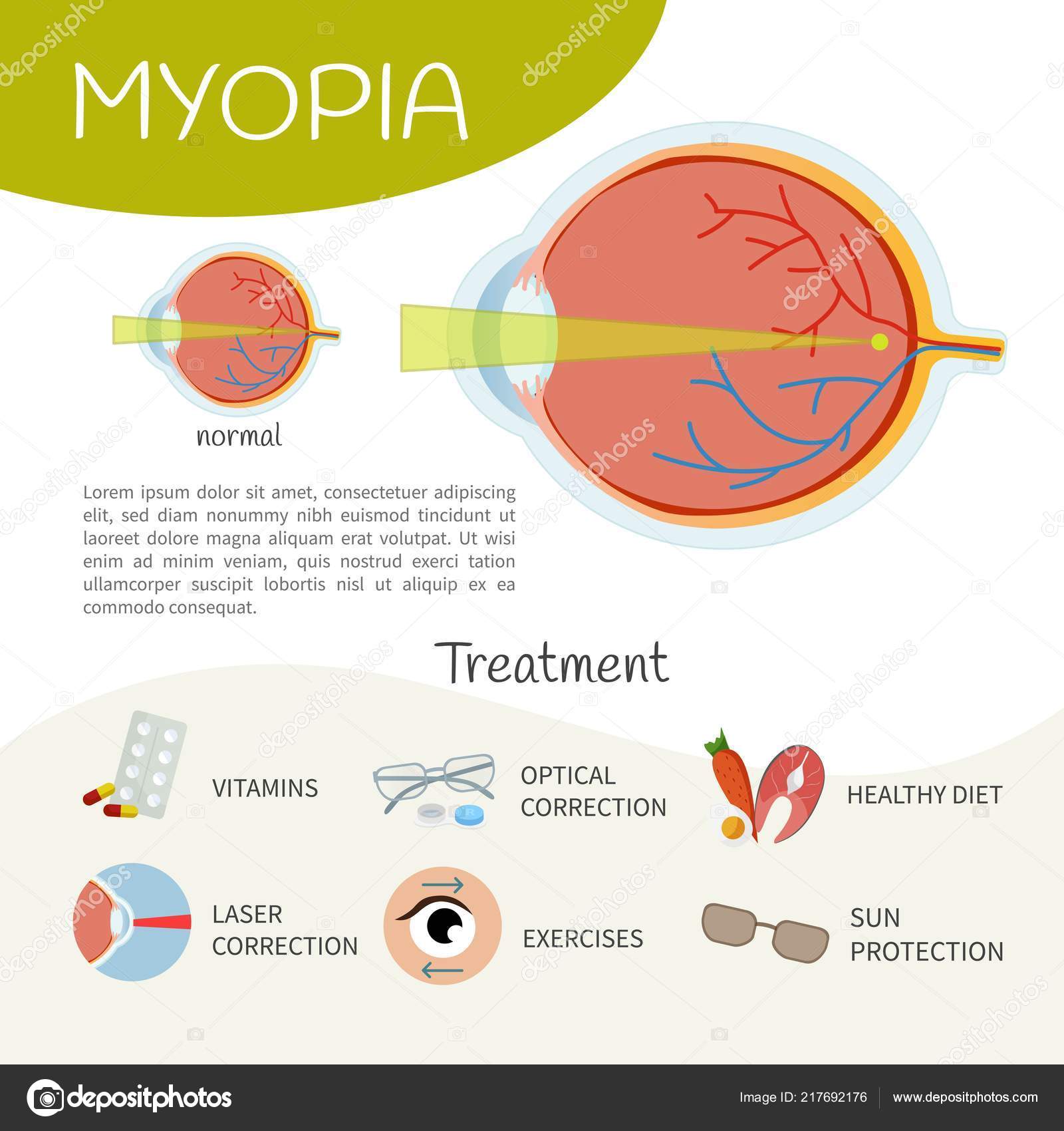If you're contemplating SMILE eye surgical treatment, consider this: are you prepared to embrace prospective visual freedom, or does the thought of any type of threats make you hesitate? Your decision will certainly rest on a cautious balance of considering the advantages against the unpredictabilities. It's important to dive much deeper into the subtleties of SMILE surgical procedure to make an informed choice that aligns with your aesthetic goals.
Understanding SMILE Eye Surgery
When considering SMILE Eye Surgical procedure, it is necessary to understand the procedure and its advantages. SMILE, which represents Small Laceration Lenticule Extraction, is a minimally intrusive laser eye surgery that deals with usual vision problems like nearsightedness (nearsightedness).
Throughout the treatment, your eye specialist will utilize a femtosecond laser to produce a small cut in your cornea. Through this incision, a small disc of cells called a lenticule is removed, reshaping the cornea and fixing your vision.
One of the key benefits of SMILE Eye Surgery is its quick recovery time. Many clients experience improved vision within a day or two after the treatment, with very little pain.
Additionally, SMILE is known for its high success rate in providing lasting vision improvement. Unlike LASIK, SMILE does not need the development of a flap in the cornea, decreasing the threat of problems and allowing for a more stable corneal structure post-surgery.
Understanding the procedure and its advantages is essential when taking into consideration SMILE Eye Surgical procedure for vision modification.
Pros and Cons of SMILE
Taking Into Consideration SMILE Eye Surgical procedure for vision correction includes various advantages and possible disadvantages.
Among the major pros of SMILE is its minimally invasive nature, as it entails a tiny incision and normally leads to quick healing times. The procedure is likewise recognized for triggering marginal discomfort and completely dry eye symptoms post-surgery compared to other vision correction techniques. Furthermore, SMILE has actually been shown to supply superb aesthetic end results, with several clients attaining 20/20 vision or much better.
On the other hand, a prospective con of SMILE is that it might not be suitable for people with serious refractive mistakes, as the therapy variety is rather minimal compared to LASIK. An additional consideration is that the learning curve for doctors applying SMILE can influence the accessibility of knowledgeable carriers in particular areas.
It is necessary to consider these benefits and drawbacks very carefully when determining if SMILE is the ideal selection for your vision modification needs.
Identifying Qualification for SMILE
To establish if you're qualified for SMILE eye surgical procedure, your ophthalmologist will carry out an extensive examination of your eye health and wellness and vision demands. Throughout cataract surgery complications in elderly , elements such as the stability of your vision prescription, the thickness of your cornea, and the overall health and wellness of your eyes will certainly be evaluated.
Normally, https://www.benzinga.com/money/best-vision-insurance-oregon/ for SMILE more than 22 years of ages, have a stable vision prescription for at the very least a year, and have healthy corneas without conditions like keratoconus.
Your optometrist will certainly additionally consider your general eye health, any existing eye conditions, and your way of life requires to determine if SMILE is the right option for you. It's necessary to connect any kind of details visual requirements or problems you might have throughout this examination to ensure that the therapy aligns with your expectations.
If you aren't qualified for SMILE, your ophthalmologist may suggest different vision correction alternatives that much better match your individual needs and eye health and wellness status.
Conclusion
Eventually, deciding whether SMILE eye surgical treatment is right for you requires careful consideration of your individual eye wellness and visual demands. Seek advice from your eye doctor to establish your qualification for the treatment and consider the possible benefits and disadvantages. Remember to connect any type of concerns or inquiries you may have throughout the assessment procedure to make an enlightened decision concerning your vision adjustment options.
